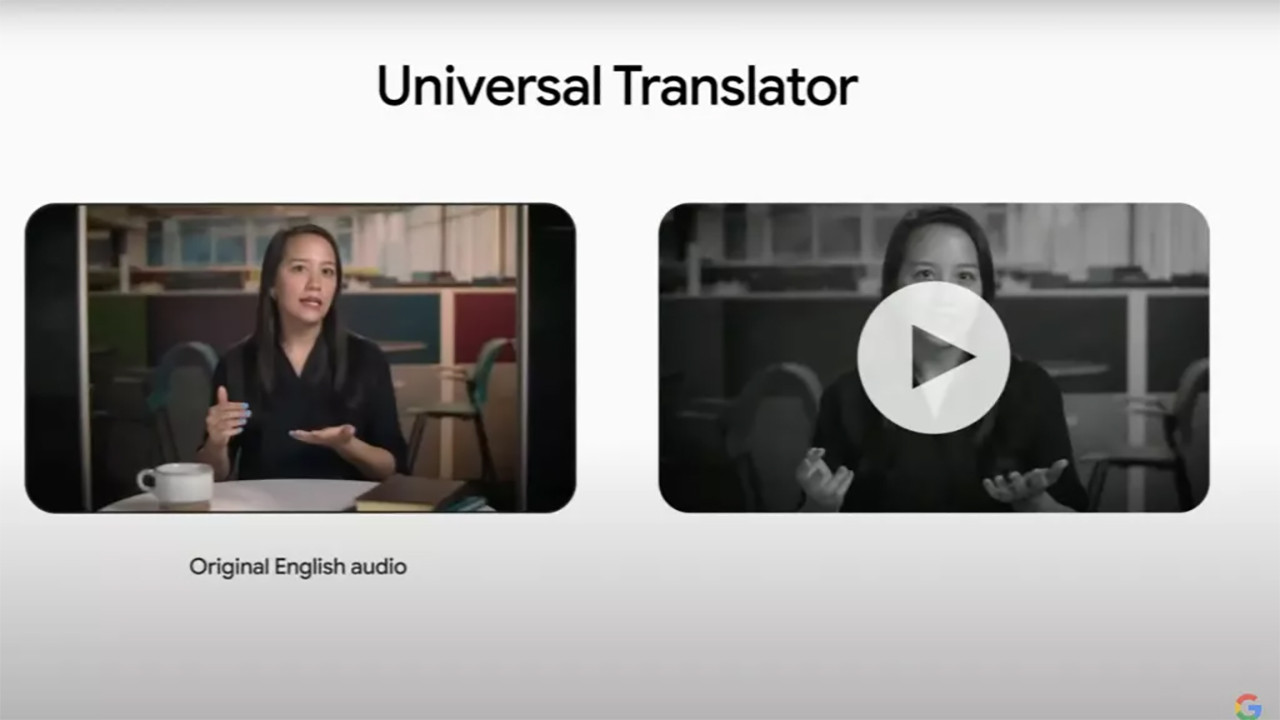The seamless integration of AI features in PaLM 2 into the Google ecosystem, including Bard, was one of the key themes of the Google I/O 2023 event. However, Google believes that some features should not be released immediately. Meanwhile, PaLM 2 is known as the next generation major language model based on Google’s research in machine learning and artificial intelligence.
In his Google I/O speech, James Manyika, the company’s senior vice president of technology and society, voiced concerns about misinformation and some artificial intelligence capabilities, namely the disinformation that can be made through AI. What Manyika is talking about is the language models that deepfake studies use to voice over videos.
Considering that this technology has the potential to be abused, Google has not neglected to take some steps. The “Universal Translator” feature, which has been published as a prototype in the testing phase for now, has already become the focus of attention by the developers.
Google’s Universal Translator can translate conversations in real time. While watching a video, you can instantly see and read what is being said in another language. We can say that this is a kind of experimental artificial intelligence video dubbing service.

The prototype was showcased during the event through videos taken from a study created in partnership with Arizona State University. Google says the initial results are promising.
The model works in 4 stages. In the first stage, the model matches lip movements in a video to words she recognizes. Step 2 triggers an algorithm that provides instant speech generation. Stage 3 of the model uses intonation, which measures the rise and fall of the speaker’s natural speaking rate to aid in translation. Finally, after copying the style and matching the tone from the speaker’s lip movements, he puts it all together to create the translation.
The Universal Translator feature is not yet available, except for a small group of testers. After Google tests this feature, it may make it available on services such as YouTube and its video conferencing service Google Meet.